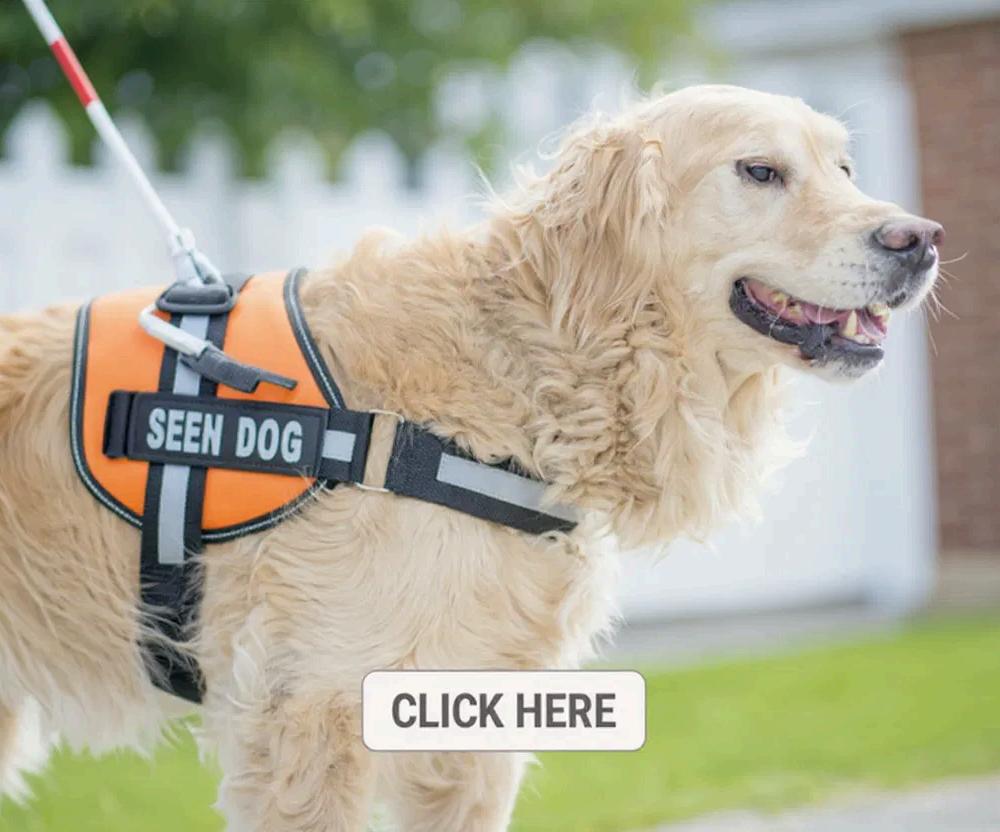Backyard:
Kennel Training Your Older Dog for Service Success
A Guide to Building Trust and Routine for Companion Service Dogs
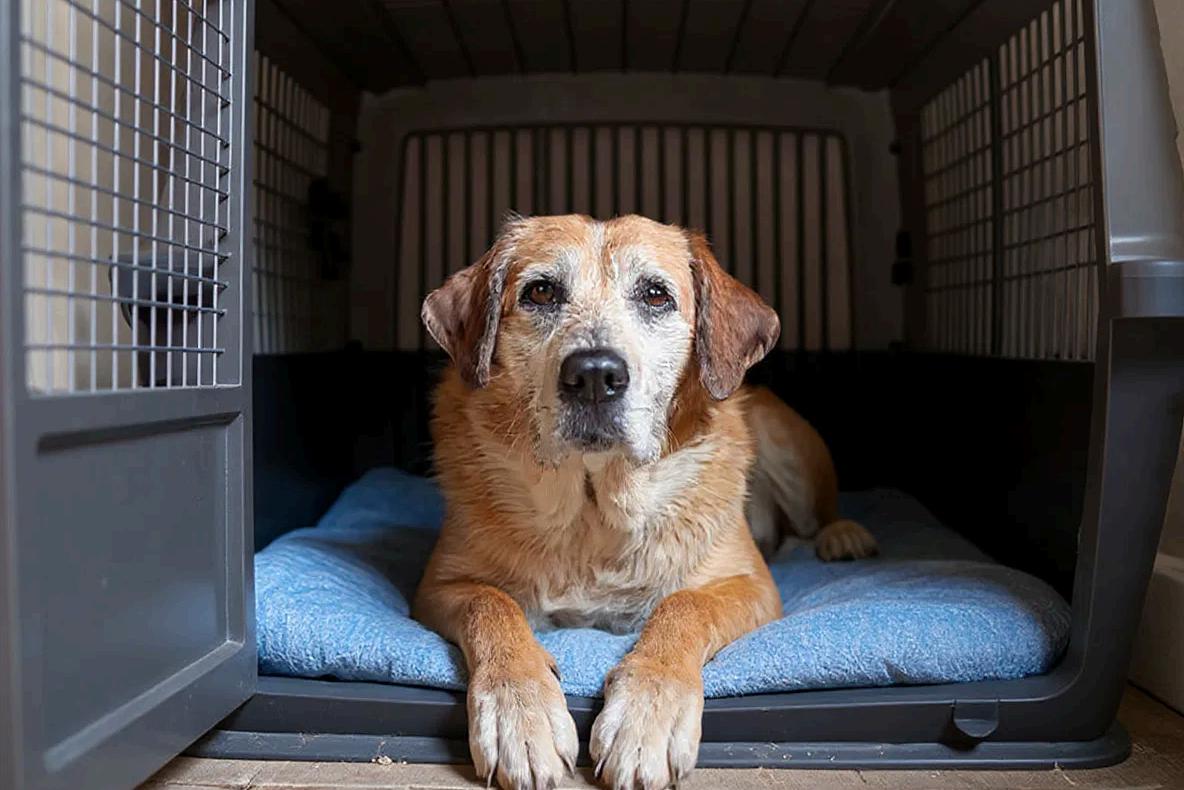
Why Kennel Training Matters for Service Dogs
Is your older dog ready for a new purpose?
Provides a safe space that promotes security and reduces anxiety
Develops crucial self-control and independence needed for service work
Establishes boundaries and structure that translate to public behavior
Creates a portable "home base" for travel and unfamiliar environments
Builds the foundation for the focus and discipline required of service dogs
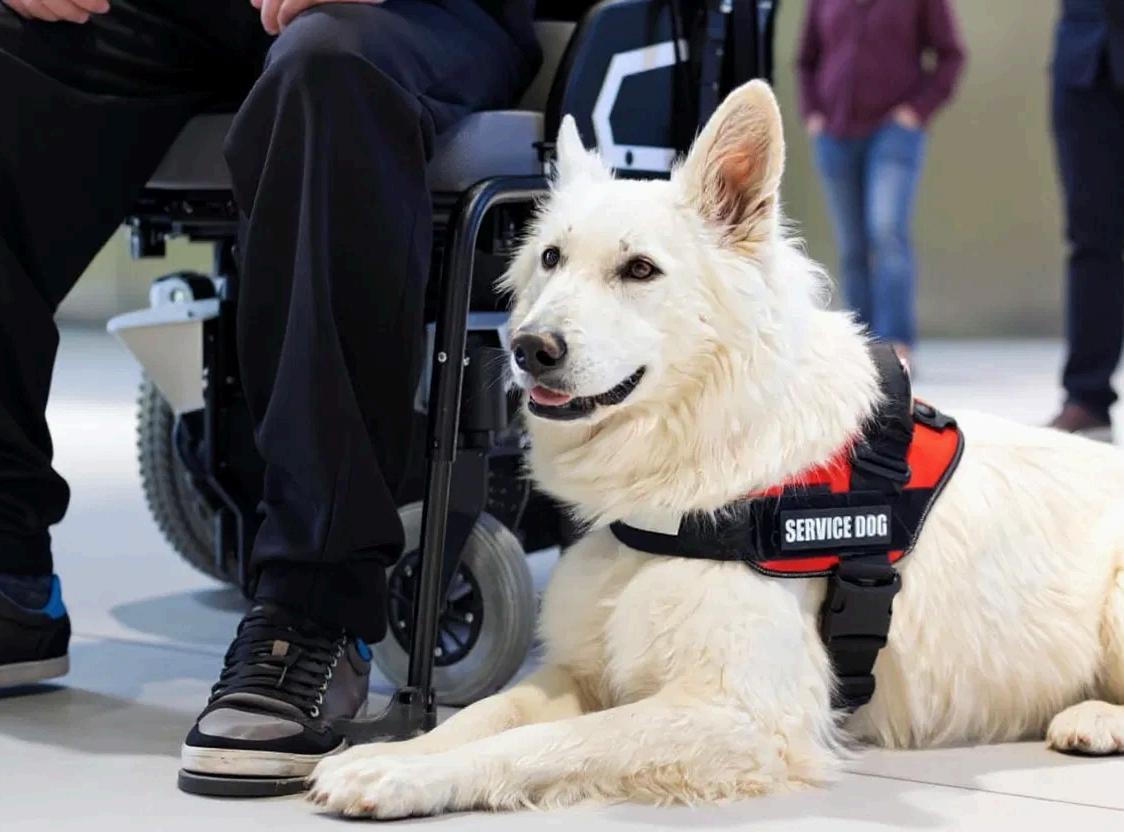
Understanding the Older Dog's Perspective
Empathy & Patience
♥ Older dogs may have established habits and routines
♥ Previous negative experiences can create resistance
♥ Physical limitations may require kennel adaptations
♥ Gentle, positive reinforcement is essential
MYTH BUSTING
"You can't teach an old dog new tricks"
Older dogs can absolutely learn new skills with the right approach and consistent training.

Setting Up the Perfect Kennel Environment
Choosing the Right Kennel
Size: Large enough to stand, turn around, and lie down comfortably
Material: Durable, easy to clean, with proper ventilation
Location: Quiet area away from high traffic, but not isolated Comfort & Safety
Soft, washable bedding that supports aging joints
Safe, durable toys for mental stimulation
Access to fresh water if kennel time exceeds 2 hours

POSITIVE ASSOCIATION TIP
Feed meals in the kennel and provide special treats that are only available during kennel time to create positive associations.
The Gradual Introduction - Building Positive Associations
Step-by-Step Approach
1 Place treats and favorite toys inside the kennel
2 Start with door open, allowing free entry and exit
3 Feed meals inside the kennel to create positive association
4 Gradually increase time with door closed, starting with just minutes
PRO TIP
Never use the kennel as punishment. It should always be associated with comfort, safety, and rewards.
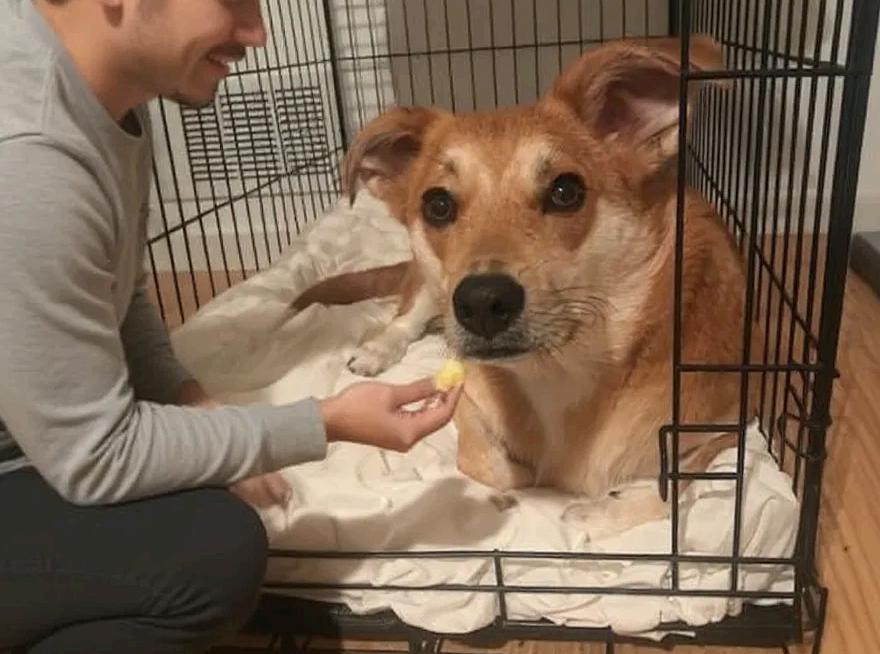
Establishing a Routine & Addressing Challenges
Consistency is Key
Set predictable daily kennel times
Create a pre-kennel ritual (short walk, specific command)
Gradually increase duration as comfort grows
Managing Common Issues
Whining/Barking: Ignore the behavior, reward quiet
Separation Anxiety: Start with kennel in your presence PRO TIP
Never use the kennel as punishment. This creates negative associations that undermine your training progress and your dog's comfort.

Kennel Training for Public Access & Service Work
Real-World Applications
Translates to calm, settled behavior in busy public environments
Provides a safe haven during travel and in unfamiliar settings
Builds independence when handler is occupied with other tasks
Reduces stress in overwhelming situations through familiar routine

A well kennel-trained dog can more easily transition to "settle" and "place" commands essential for public service work.
Your Journey to a Confident Service Dog
The Benefits of Consistent, Positive Kennel Training
Creates a foundation of security and trust between you and your dog
Develops the calm, focused behavior essential for service work
Provides a portable safe space for your dog in any environment
Builds independence and reduces separation anxiety Older dogs can absolutely learn new skills and excel in service roles with your guidance and patience. This is just the beginning of unlocking your dog's full potential as a service companion...
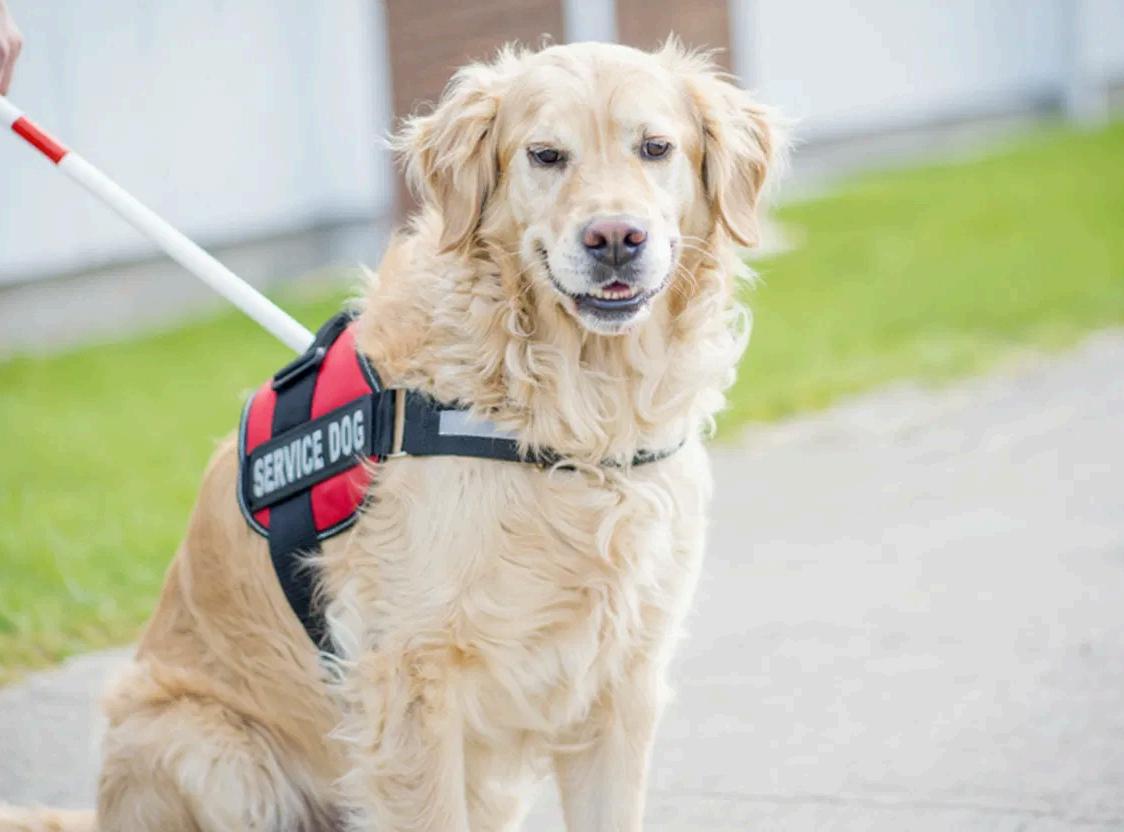
Unlock the Full Potential
⭐ Ready to transform your companion into a confident service dog?
⭐ Discover advanced techniques not covered in this presentation
⭐ Access comprehensive guidance for every stage of training
⭐ Learn the complete process from companion to certified service dog
Get your copy of "Training Your Companion Dog for Service" today!
